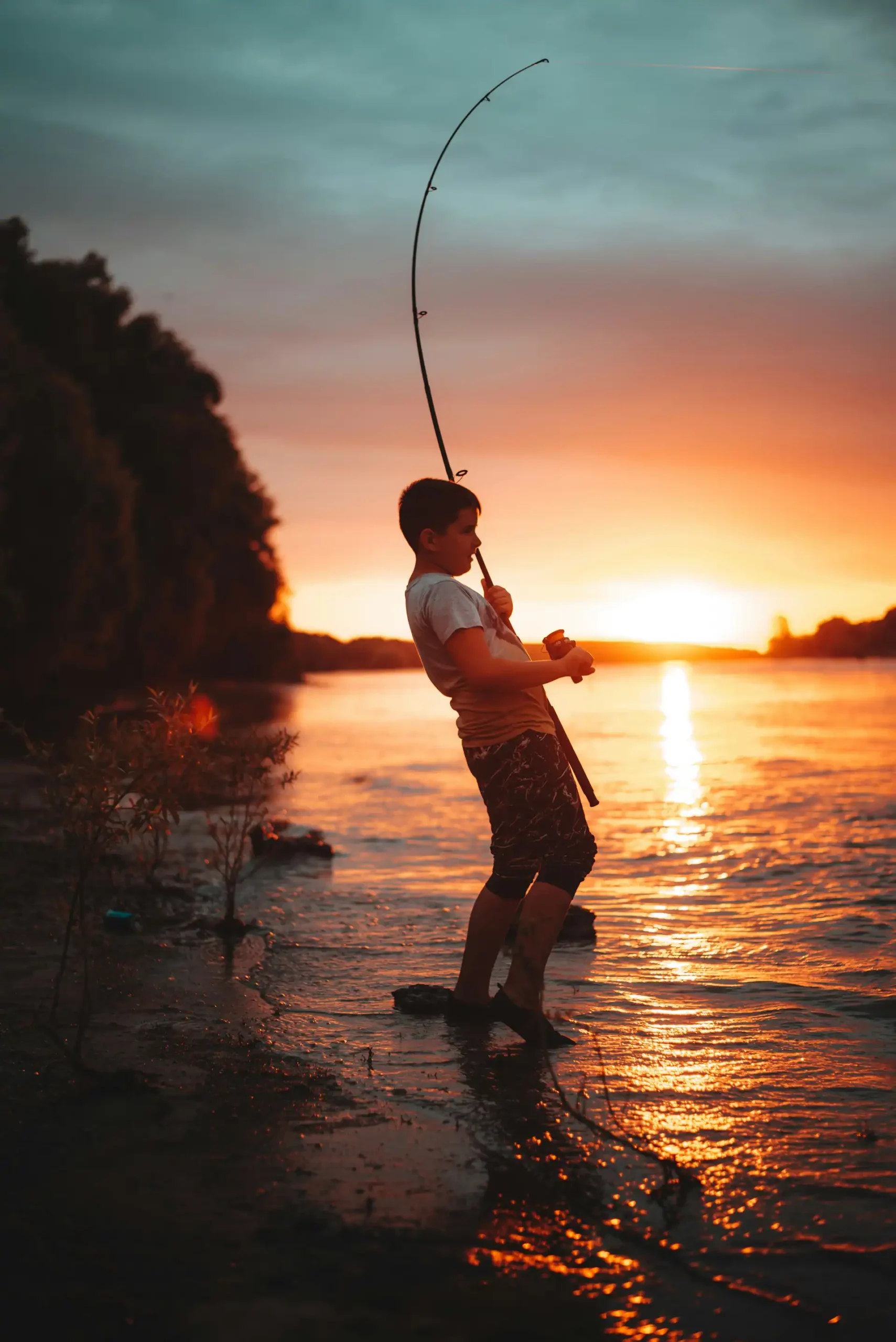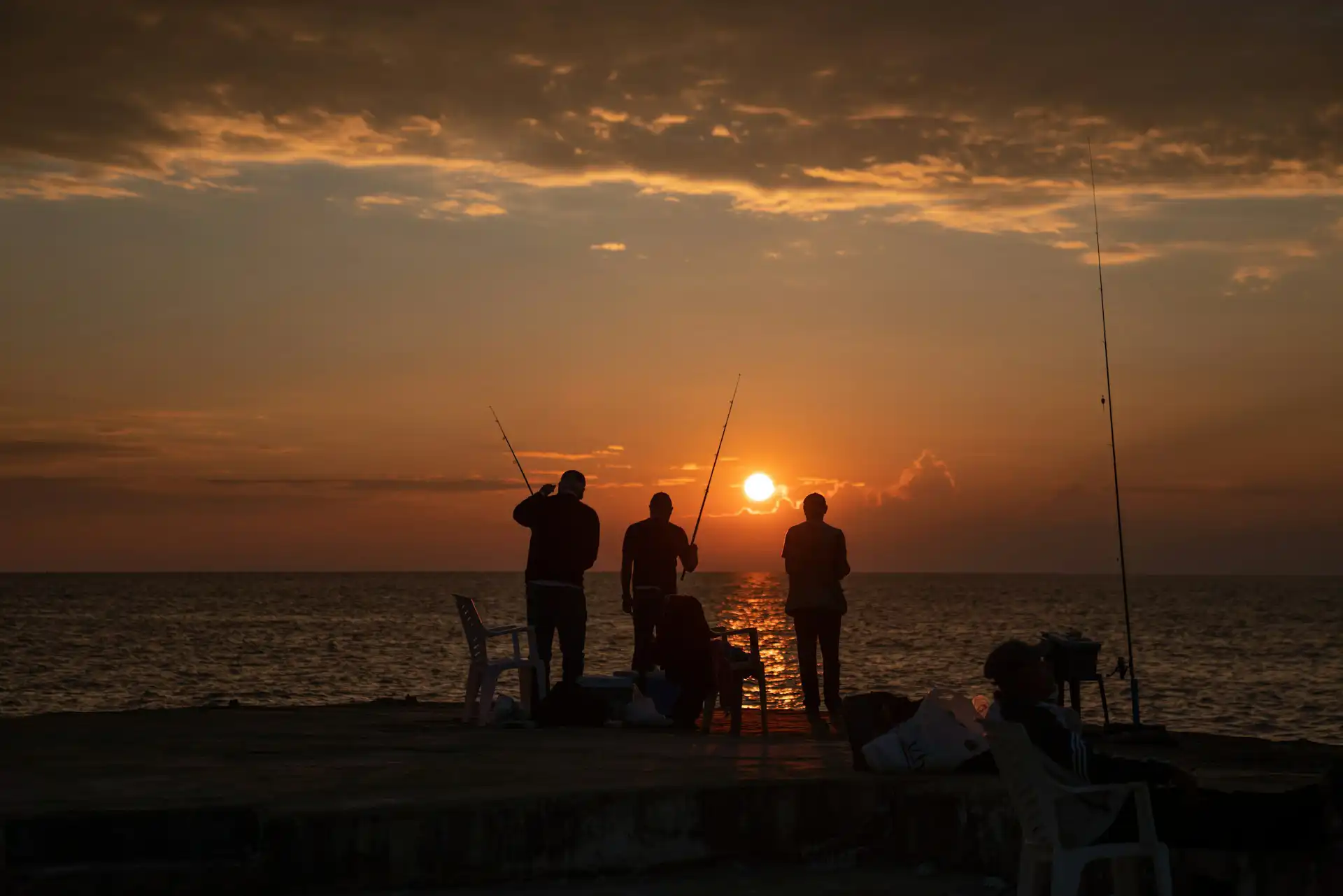Kayak Fishing in Wivenhoe, TAS: A Comprehensive Guide
Located on the picturesque Tasmanian coast, Wivenhoe offers kayak anglers a unique fishing experience. To maximize your catch, it’s essential to understand the best tide times, fishing seasons, and to be well-prepared with the right gear and safety measures.
Best Tide Times for Kayak Fishing in Wivenhoe, TAS
Fishing Seasons in Wivenhoe, TAS
- Year-Round Species: Flathead, mackerel, and trevally can be caught throughout the year.
- Seasonal Highlights:
- Summer (Dec to Feb): Peak season for Australian salmon and mackerel.
- Autumn (Mar to May) and Spring (Sep to Nov): Excellent for targeting flathead and trevally as the water temperatures are favorable.
- Winter (Jun to Aug): While some species may be less active, winter can be a good time for catching species like cod and snapper in deeper waters.
Gear Tips for Kayak Fishing in Wivenhoe
- Rod and Reel: A medium to light action spinning or baitcasting combo suitable for both freshwater and saltwater fishing.
- Lures and Baits:
- Lures: Soft plastics for flathead, metal slices for mackerel and trevally, and diving lures for deeper species.
- Baits: Pilchards, squid, and prawns are versatile baits for various species.
- Kayak Accessories:
- Anchor: A compact, quick-set anchor for swiftly securing your position.
- Storage: Ensure ample, water-resistant storage for your gear.
Safety First for Kayak Fishing in Wivenhoe
- Personal Flotation Device (PFD): Always wear a properly fitting PFD.
- Weather Awareness: Check forecasts before heading out and be prepared to return to shore if conditions deteriorate.
- Visible and Illuminated: Use high-visibility clothing and ensure your kayak is equipped with navigation lights for early morning or late evening fishing trips.
- Communication Device: Carry a waterproof phone case or a handheld VHF radio.
- First Aid Kit: A compact kit onboard can be a lifesaver in emergencies.
Final Tips for a Successful Kayak Fishing Trip in Wivenhoe, TAS
- Respect the Environment: Follow all local fishing regulations and practice catch-and-release fishing to help conserve Wivenhoe’s marine biodiversity.
- Local Knowledge: Consider hiring a guide or seeking advice from local tackle shops for the most up-to-date fishing spots and techniques.
By adhering to these guidelines, you’ll be well on your way to enjoying a productive and safe kayak fishing experience in the beautiful waters of Wivenhoe, Tasmania.
Explore all Tasmania kayak fishing guides





